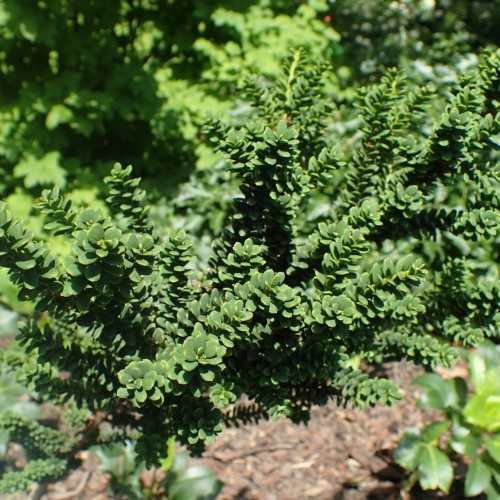
Chinese elm
Ulmus parvifolia 'Seiju'
Cycle:
Perennial
Watering:
Average
Hardiness Zone:
4 - 9
Flowers:
Flowers
Sun:
Full sun
Leaf:
Yes
Growth Rate:
Low
Maintenance:
Low
Drought Tolerant:
Yes
Salt Tolerant:
Yes
Care Level:
Moderate
watering
Chinese elm trees need to be watered once a week. During the summer months, it is recommended that you water your tree deeply but not too frequently; 10-20 liters (2.5-5 gallons) of water is usually sufficient. During the winter, water your Chinese elm less frequently as it enters its dormant phase. Water only when the soil feels dry to the touch; 1-2 liters (0.25-0.5 gallons) of water will do.
sunlight
Chinese elm (Ulmus parvifolia 'Seiju') should be planted in an area that receives full sunlight for at least 6 hours per day in order to be healthy and thrive. The best time for the Chinese elm to receive sunlight is early morning to mid-afternoon. During summer, it should receive direct sunlight throughout the full day, while during winter, it should receive at least 4 hours of direct sunlight.
pruning
Chinese elm trees (Ulmus parvifolia 'Seiju') should be pruned in late winter or early spring, while the tree is in a state of dormancy. It is beneficial to remove any dead, weak, crossing, or damaged branches in order to keep the tree healthy. Shorten the remaining branches to increase air circulation. Pruning in this way will also help to create a balanced structure for the tree. Avoid pruning too vigorously, since this can weaken or damage your tree. If severely pruning, it is best to do this over a few years rather than removing too much at once.
